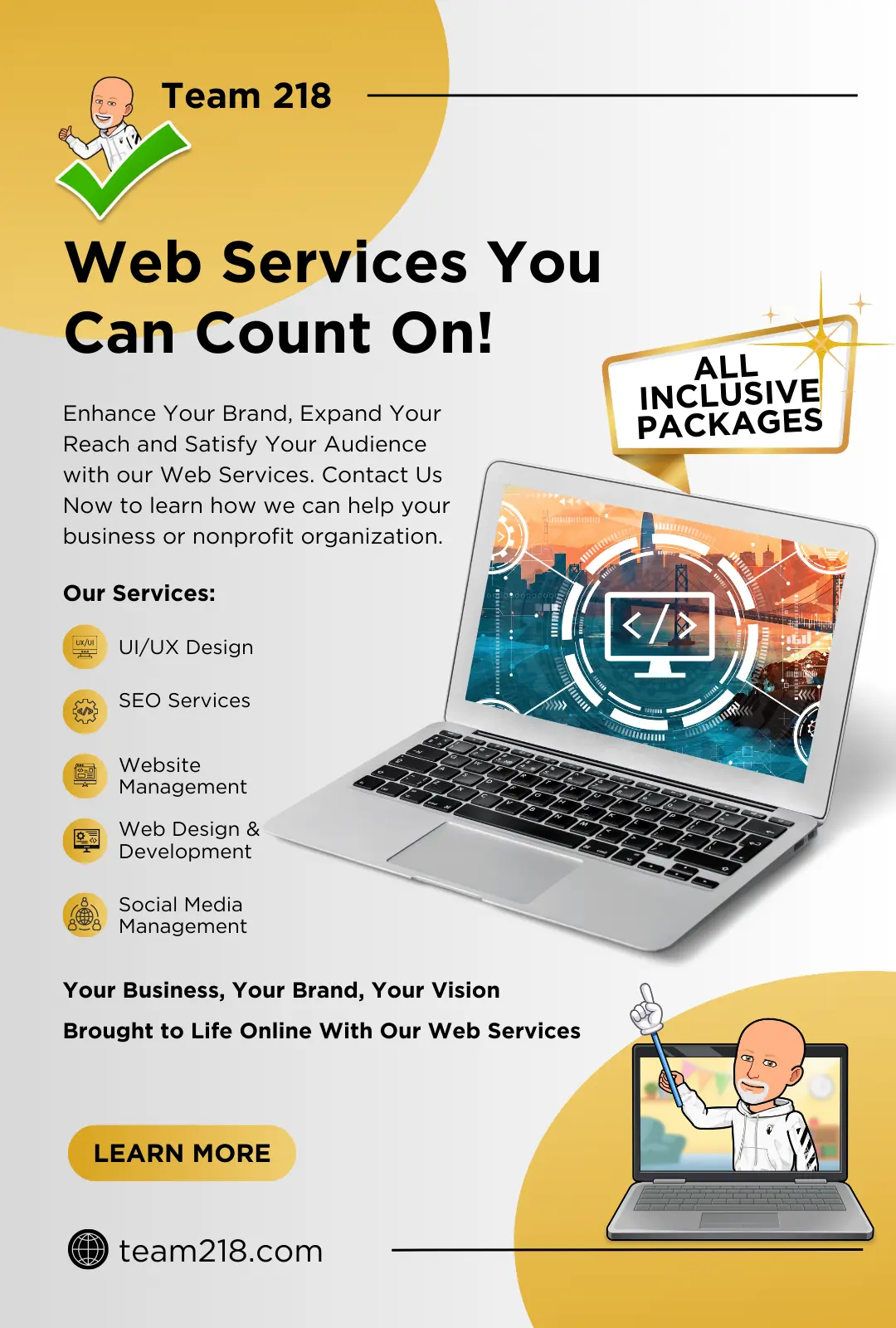A Comprehensive Summary of the most effective Practices in Website Design for Developing Navigable and intuitive Online Platforms
The efficiency of an online system hinges considerably on its layout, which have to not just draw in individuals however likewise assist them flawlessly via their experience. Comprehending these concepts is essential for developers and programmers alike, as they directly effect user satisfaction and retention.
Understanding Individual Experience
Comprehending customer experience (UX) is critical in internet style, as it directly influences exactly how site visitors engage with a site. A properly designed UX makes certain that users can navigate a site intuitively, gain access to the details they look for, and full preferred activities, such as purchasing or signing up for an e-newsletter.
Crucial element of efficient UX design include usability, accessibility, and aesthetic appeals. Functionality concentrates on the convenience with which customers can accomplish jobs on the website. This can be attained with clear navigation frameworks, rational content organization, and receptive feedback mechanisms. Availability makes sure that all customers, including those with specials needs, can connect with the web site properly. This involves sticking to established guidelines, such as the Internet Content Availability Guidelines (WCAG)
Aesthetic appeals play an essential function in UX, as aesthetically appealing styles can boost individual contentment and involvement. Color pattern, typography, and imagery should be thoughtfully chosen to produce a cohesive brand name identification while likewise assisting in readability and comprehension.
Inevitably, prioritizing customer experience in website design promotes better user satisfaction, motivates repeat sees, and can considerably boost conversion prices, making it an essential element of effective digital techniques. (web design)
Relevance of Responsive Design
Receptive style is a critical part of modern-day internet development, making sure that sites give an optimum viewing experience across a wide variety of gadgets, from desktop computers to smartphones. As individual habits increasingly shifts towards mobile surfing, the demand for sites to adapt flawlessly to various screen dimensions has come to be paramount. This versatility not just improves functionality yet likewise significantly influences individual involvement and retention.
A receptive layout utilizes liquid grids, flexible images, and media questions, enabling a natural experience that preserves capability and aesthetic honesty no matter of gadget. This strategy gets rid of the demand for users to focus or scroll flat, bring about a more instinctive communication with the material.
Furthermore, search engines, notably Google, prioritize mobile-friendly websites in their positions, making receptive layout important for keeping visibility and accessibility. By adopting responsive style concepts, organizations can get to a wider audience and boost conversion prices, as users are a lot more most likely to involve with a website that uses a smooth and consistent experience. Inevitably, receptive design is not merely a visual option; it is a calculated requirement that reflects a dedication to user-centered style in today's digital landscape.
Simplifying Navigating Frameworks
A well-structured navigating system is necessary for improving the user experience on any site. Streamlining navigating structures not only aids users in locating information swiftly yet likewise fosters involvement and reduces bounce prices. To achieve this, web developers should prioritize clarity with making use of uncomplicated labels and groups that show the content precisely.

Including a search attribute further improves functionality, permitting customers to situate content directly. Furthermore, executing breadcrumb routes can supply individuals with context regarding their area within the site, promoting ease of navigating.
Mobile optimization is an additional vital aspect; navigation needs to be touch-friendly, with plainly defined links and buttons to suit smaller displays. By reducing the variety of clicks required to access web content and making certain that navigation corresponds across all web pages, designers can produce a smooth user experience that urges exploration and reduces irritation.
Prioritizing Availability Standards
Approximately 15% of the special info international population experiences some kind of impairment, making it essential for internet developers to prioritize accessibility Get More Information criteria in their jobs. Ease of access includes numerous elements, including aesthetic, acoustic, cognitive, and electric motor disabilities. By adhering to developed standards, such as the Internet Material Access Guidelines (WCAG), developers can develop comprehensive electronic experiences that deal with all individuals.
One fundamental technique is to make sure that all web content is perceivable. This includes giving alternative text for images and making sure that video clips have records or subtitles. Key-board navigability is essential, as several individuals rely on key-board shortcuts rather than mouse interactions.
 In addition, color comparison ought to be carefully taken into consideration to fit individuals with visual impairments, guaranteeing that message is clear against its history. When developing forms, tags and error messages have to be clear and descriptive to help users in completing jobs successfully.
In addition, color comparison ought to be carefully taken into consideration to fit individuals with visual impairments, guaranteeing that message is clear against its history. When developing forms, tags and error messages have to be clear and descriptive to help users in completing jobs successfully.Finally, conducting use screening with individuals who have specials needs can supply vital insights - web design. By prioritizing access, internet developers not just follow legal criteria however likewise expand their audience reach, cultivating an extra comprehensive on the internet environment. This commitment to access is necessary for a straightforward and absolutely accessible web experience
Utilizing Visual Hierarchy
Quality in layout is paramount, and using aesthetic hierarchy plays a vital duty in achieving it. Visual pecking order describes the arrangement and presentation of elements in a manner that plainly shows their value and guides individual focus. By strategically using dimension, comparison, color, and spacing, developers can produce a natural circulation that directs individuals with the web content flawlessly.
Using bigger fonts for headings and smaller sized ones for body text establishes a clear difference between sections. Additionally, utilizing bold colors or contrasting histories can accentuate essential information, such as call-to-action switches. White space is similarly important; it aids to prevent mess and allows customers to focus on the most vital components, improving readability and total customer experience.
One more key aspect of visual hierarchy is using imagery. Relevant photos can improve understanding and retention of information while additionally breaking up text to make web content visite site more absorbable. Ultimately, a well-executed visual pecking order not just boosts navigating yet additionally fosters an intuitive interaction with the website, making it most likely for customers to attain their purposes effectively.
Verdict

In summary, adherence to best techniques in web design is crucial for producing navigable and intuitive on-line platforms. Emphasizing receptive layout, streamlined navigation, and accessibility standards fosters a straightforward and inclusive environment. In addition, the effective use aesthetic pecking order improves user engagement and readability. By prioritizing these elements, internet developers can significantly improve user experience, making sure that on the internet systems fulfill the varied requirements of all individuals while promoting reliable communication and contentment.
The performance of an online system hinges substantially on its design, which must not just attract users but additionally direct them seamlessly through their experience. By embracing receptive design principles, businesses can reach a wider audience and improve conversion rates, as customers are a lot more likely to involve with a site that supplies a smooth and regular experience. By sticking to developed guidelines, such as the Internet Content Ease Of Access Standards (WCAG), developers can create comprehensive electronic experiences that cater to all individuals.
White area is just as crucial; it assists to stay clear of clutter and permits users to concentrate on the most important aspects, boosting readability and overall customer experience.
By focusing on these aspects, web developers can considerably boost user experience, making sure that online systems fulfill the diverse demands of all individuals while promoting efficient communication and complete satisfaction.